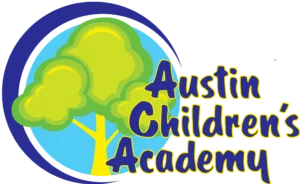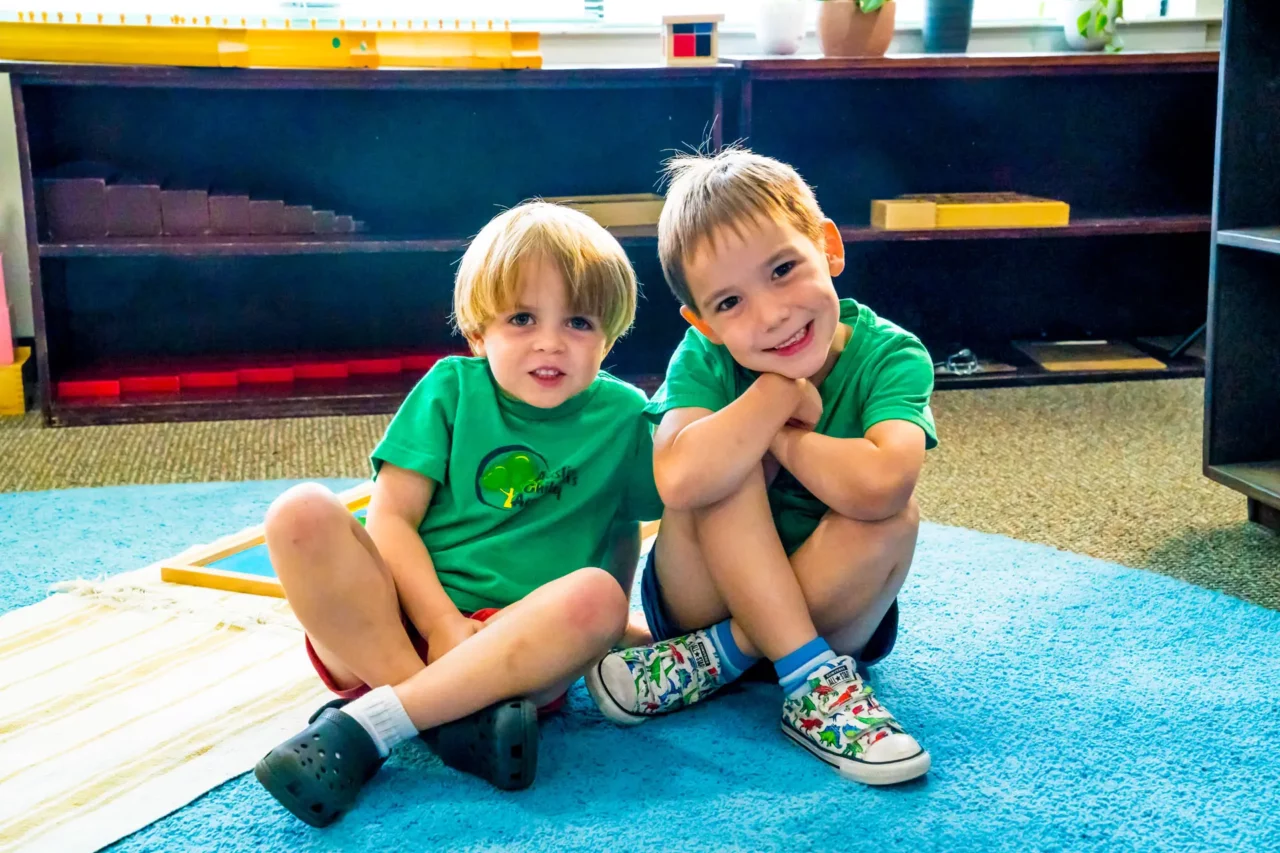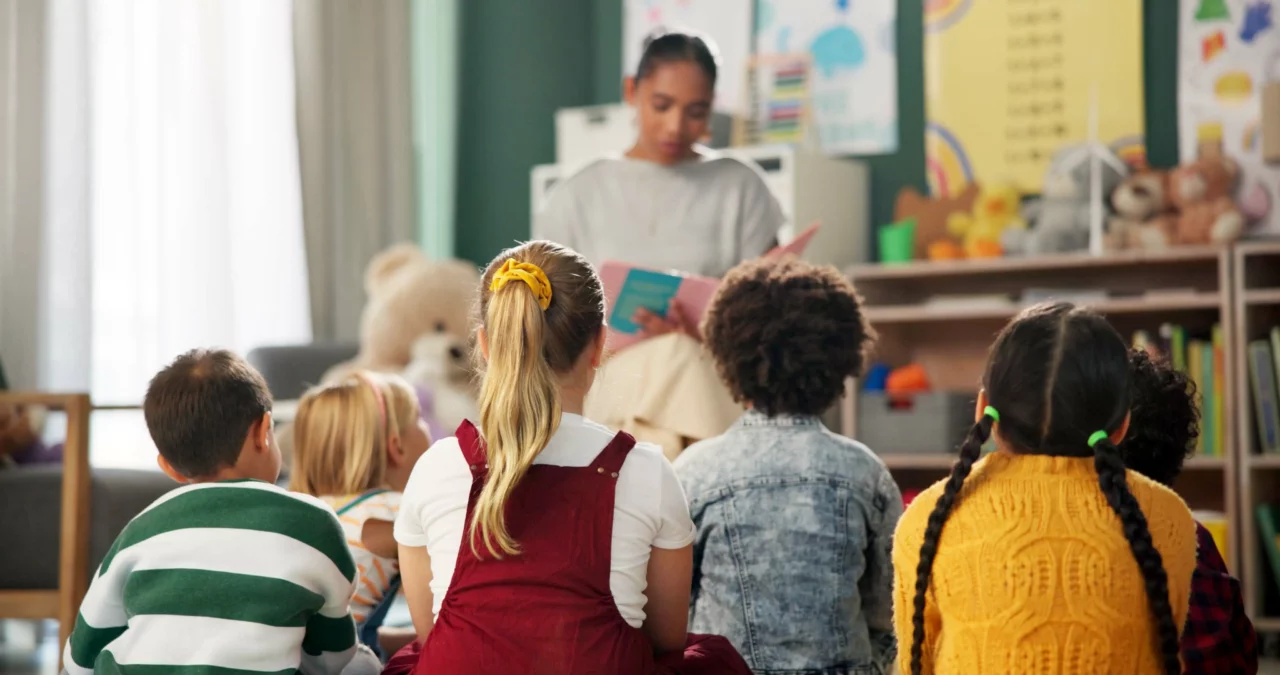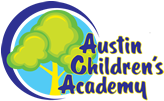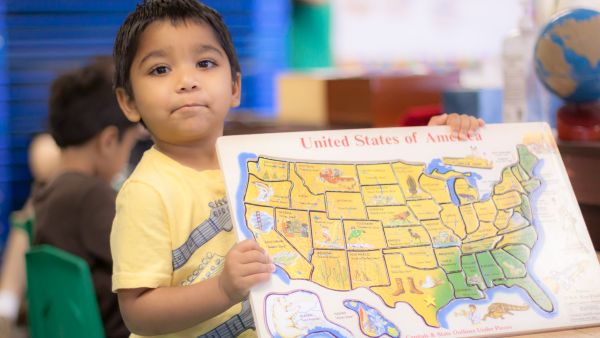
There is a growing interest in Montessori schools among parents who are seeking something different from traditional education. Perhaps they’ve heard these schools support independence and inspire passionate life-long learning traits, or maybe they’ve heard there are more opportunities for 1 to 1 learning in Montessori classrooms.
When Maria Montessori, an Italian doctor, opened her first school in 1907, it provided a new outlook on education. A child-centered education model that was far different from the teacher-centered models we’ve come to recognize as the norm.
The Early Years
In the early 20th century, Casa dei Bambini (Children’s House), opened its doors to provide low-income children in Rome an opportunity for quality education. There Dr. Maria Montessori, Italy’s first female doctor, began to develop her teaching methods from copious amounts of time spent observing how young children learned and interacted with their learning environment.
In the past, many teaching methods focused on merely the transfer of knowledge and information. Dr. Montessori sought to encourage children to have greater involvement–allowing them ways to personalize and take ownership of their learning.
By 1909, she published The Montessori Education, a book detailing her educational process. It managed to captivate educators around the world and soon, more Montessori Schools opened across six continents. The Association Montessori Internationale, located in Italy, became the hub for those seeking to learn teaching practices from Dr. Montessori herself.
Montessori Comes to America
By 1912, much of the world had heard of Montessori, and there was a growing interest in America with over 100 schools opening that year.
While many embraced her methods, there were critics who felt her methods were not the best approach. William Heard Kilpatrick, an educational reformer, touted the methods of John Dewey to be superior and published, The Montessori System Examined, as a means to discredit her methods. He was successful, and as a professor at Columbia University’s Teachers College, he wielded great influence causing many educators to turn against Montessori methods. By 1920, Montessori Schools ceased to exist in America.
The Resurrection
Nearly 40 years later everyone had long forgotten about Montessori in America, but around the world, her school’s thrived. Nancy McCormick Rambusch, an educator in New York, began to take an interest. She completed her Montessori training, and having connected with Mario Montessori, Dr. Montessori’s son, she devised a way to bring Montessori back to America.
In New York, Dr. Rambusch used Montessori teaching methods with her students and this caught the attention of parents. Parents in Connecticut joined together with interest in starting their own schools. In 1958, Whitby School opened near Greenwich, Connecticut. In just a few years, this school inspired several more to open–spreading interest across America.
Dr. Rambusch opened a training center, American Montessori Society, modeled after the Whitby School. Now teachers across America could train in Montessori practices.
Montessori Today
The American Montessori Society now hails to be the largest training center in the world! Montessori education continues to grow in popularity across the country. A little positive publicity from successful Montessori students helps too. Famous names like Jeff Bezos, Julia Child, Larry Page and Sergey Brin–founders of Google, help boost its recognition.
Montessori schools are equipped to provide education that serves the needs of the learner. A student-centered approach that fosters independence, drives student interest, and engages the learner in meaningful ways. Montessori’s methods continue to drive education for the future.
